Where is the Upwind Leg?
- By Shyam Jha
- •
- 17 Oct, 2017
- •
Using standard terminology is critical to aviation safety

My CFI gave me a quizzical look. I asked, “why do controllers use incorrect terminology to describe the departure leg?”
“Incorrect? I have been an FAA controller for 30 years, and I have never used the phrase departure leg,” he said.
Next day, I showed him the FAA airport traffic pattern diagram from the 2017 Aeronautical Information Manual. He dismissed it as “something we don’t use.”
I am based at a non-towered airport, where pilots self-announce their position in the traffic pattern. Nearly 100% of the time, the “departure leg” is called out as “upwind.” In fact, I had a conversation with a pilot based at the same field who announced he was on the upwind leg, whereas he was on departure. He was not happy when I corrected him.
I was determined to get to the root of this glaring inconsistency in how pilots see themselves in the traffic pattern. It seems the main source of this misinformation is CFIs. I have been asking CFIs I meet, both in person and online, about the difference between the departure leg and the upwind leg. Most have professed never using the phrase “departure leg.” They also wrongly believe the departure leg is the upwind leg. One even went as far as saying, “I don’t care what the AIM says. I teach my students what pilots actually say.”
The Aeronautical Information Manual defines these legs as follows:
- Departure Leg: The flight path which begins after takeoff and continues straight ahead along the extended runway centerline. The departure climb continues until reaching a point at least 1/2 mile beyond the departure end of the runway and within 300 feet of the traffic pattern altitude.
- Upwind Leg: A flight path parallel to the landing runway in the direction of landing.
The Pilot Controller Glossary defines the upwind leg correctly. Interestingly enough, it does not mention departure leg at all. This may be the root cause why controllers are not using the term departure leg.
I implore CFIs to teach the correct terminology to their students. The FAA needs to do a better job in teaching controllers the correct terminology as well. The FAA has done a good job in focusing on runway incursions. They need to focus their attention on making sure we all use the traffic pattern terminology correctly, and not make it up as we go. This will ensure a safer flying environment for all.
Epilogue: I was able to get the attention of senior FAA management, and they have promised to revise the pilot controller glossary, as well as the Aeronautical Information Manual, to emphasize correct usage of traffic pattern terminology

